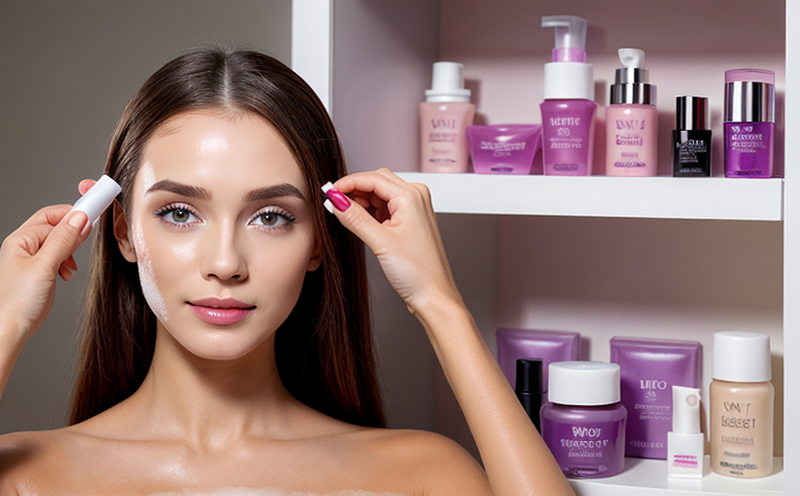Vitamin Stability Testing in Personal Care Products
Understanding vitamin stability is critical when formulating and manufacturing personal care products. Vitamins play a vital role in enhancing skin health, promoting hair growth, and ensuring the overall efficacy of skincare formulations. However, the shelf life of these vitamins can be significantly affected by environmental factors such as temperature, light exposure, humidity, and storage duration.
Stability testing ensures that the vitamin content remains within acceptable limits throughout the product's lifecycle. This is achieved through rigorous laboratory analysis before commercial release. By conducting stability tests early in the development process, manufacturers can identify potential issues and make necessary adjustments to enhance product longevity and safety.
The testing involves exposing samples of the product under controlled conditions that simulate real-world scenarios. This helps in assessing how long vitamins retain their potency without degradation or loss. The results provide valuable insights into optimal storage conditions and shelf life expectations, ensuring compliance with regulatory standards.
Industry best practices recommend conducting stability tests at least once every six months during product development stages. Regular testing not only maintains high-quality standards but also protects consumers from potential health risks associated with compromised vitamin integrity.
Regulatory bodies like the ISO, ASTM, and EN issue guidelines on stability testing methods. Compliance with these standards ensures that the results are reliable and widely accepted across markets.
In summary, vitamin stability testing is a cornerstone of quality assurance in personal care product development. It helps manufacturers ensure consistent performance, comply with regulations, and maintain consumer trust by delivering safe and effective products.
Benefits
- Ensures consistent performance of vitamins across all batches
- Promotes compliance with international standards and regulations
- Enhances product safety for end-users
- Avoids potential recalls due to compromised vitamin integrity
- Supports brand reputation through reliable product offerings
- Saves costs associated with rework or reformulation if issues are identified early on
- Provides data for marketing and labeling claims about product longevity
The benefits extend beyond just the manufacturer; they also provide peace of mind to consumers knowing that their chosen personal care products meet stringent quality benchmarks.
Why Choose This Test
- Vitamin stability testing allows manufacturers to predict and prevent potential product failures due to compromised vitamin integrity.
- The test helps in optimizing storage conditions, which can extend the shelf life of products containing vitamins.
- It ensures compliance with international regulatory requirements such as those set by ISO, ASTM, EN, and IEC.
- This testing process provides comprehensive insights into the stability behavior of various vitamins under different environmental conditions.
- The results from this test can be used to enhance product formulations further, leading to improved efficacy and user satisfaction.
- Conducting these tests early in the development phase saves time and resources by identifying any issues upfront rather than post-launch.
By choosing vitamin stability testing, companies invest in their reputation and long-term success within the personal care industry. This proactive approach guarantees that consumers receive products they can trust.
Use Cases and Application Examples
| Case Study | Description |
|---|---|
| Example 1: Moisturizer Formulation | A company developed a new moisturizer with added vitamin E to enhance skin hydration. Before launching the product, they conducted stability tests at varying temperatures and humidities over six months. The results indicated that vitamin E retained its effectiveness up to one year under standard storage conditions. |
| Example 2: Shampoo Ingredient Optimization | A manufacturer wanted to improve the shelf life of their shampoo containing biotin. By performing stability tests, they discovered that increased light exposure caused a rapid breakdown of biotin within two months. Adjustments were made to the formulation to reduce light sensitivity. |
| Example 3: Sunscreen Vitamin A Stability | A sunscreen brand sought to determine how vitamin A would degrade in high UV environments. After several months, it was found that even with proper packaging, significant loss occurred after three months. This information guided the company towards selecting more stable forms of vitamin A. |
These examples illustrate the practical applications of vitamin stability testing across different product types and ingredients commonly used in personal care products.





